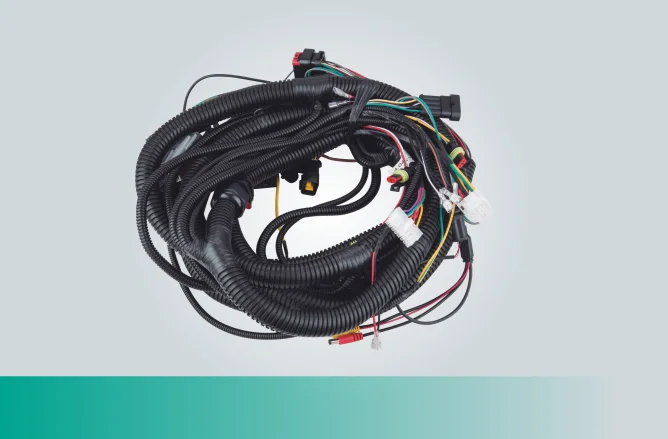PVC sheets are versatile materials widely used in various industries, including construction, signage, and crafts. Whether you are a DIY enthusiast or a professional, knowing how to cut PVC sheets at home can save you time and money. In this blog post, we will delve into the different methods and tools you can use to achieve precise and clean cuts on PVC sheets, ensuring professional-looking results.
- Understanding PVC Sheets:
Before diving into the cutting techniques, it's essential to have a basic understanding of PVC sheets. PVC, or polyvinyl chloride, is a durable and lightweight plastic material known for its resistance to impact, chemicals, and weather conditions. PVC sheets come in various thicknesses and sizes, making them suitable for a wide range of applications. - Tools for Cutting PVC Sheets:
To achieve accurate cuts on PVC sheets, you'll need the right tools. Here are some commonly used tools for cutting PVC sheets at home:
a. Circular Saw: A circular saw equipped with a fine-toothed blade is an excellent choice for cutting straight lines on PVC sheets. Ensure the blade is specifically designed for cutting plastic to prevent melting or chipping.
b. Jigsaw: A jigsaw with a fine-toothed blade is ideal for cutting curved or intricate shapes on PVC sheets. Take your time and follow the marked lines carefully for precise results.
c. Utility Knife: A sharp utility knife can be used for scoring and snapping thinner PVC sheets. Score the sheet multiple times along the cutting line, then bend it to snap it cleanly.
d. PVC Shears: PVC shears are specifically designed for cutting PVC sheets. They provide clean and straight cuts, especially for thinner sheets. However, they may not be suitable for thicker or larger sheets.
- Preparing for the Cut:
Before cutting PVC sheets, take the following precautions:
a. Safety Gear: Wear safety goggles, gloves, and a dust mask to protect yourself from flying debris and harmful particles.
b. Marking the Cut: Use a measuring tape and a pencil to mark the cutting line accurately. Double-check your measurements to avoid mistakes.
c. Securing the Sheet: Place the PVC sheet on a stable work surface and secure it with clamps or weights to prevent movement during the cutting process.
- Cutting Techniques:
Now, let's explore the cutting techniques for PVC sheets:
a. Straight Cuts: For straight cuts, use a straightedge or a guide to ensure a precise and straight line. Align the guide with the marked line and carefully cut along it using a circular saw or jigsaw.
b. Curved Cuts: When cutting curves, start by drilling a small hole near the marked line. Insert the jigsaw blade into the hole and follow the curve, maintaining a steady hand and a slow cutting speed.
c. Snapping Thin Sheets: For thinner PVC sheets, score the cutting line multiple times using a utility knife. Once scored, bend the sheet away from the score line to snap it cleanly.
- Finishing Touches:
After cutting the PVC sheet, you may notice rough edges or burrs. Smooth them out using sandpaper or a file. Be cautious not to apply excessive pressure, as PVC sheets can be easily scratched.
Conclusion:
Cutting PVC sheets at home can be a rewarding and cost-effective skill. By understanding the tools, techniques, and safety measures involved, you can achieve professional-quality cuts for your projects. Remember to choose the appropriate tools for the job, take necessary precautions, and practice patience for precise and clean results. Now, go ahead and unleash your creativity with PVC sheets!








+ There are no comments
Add yours